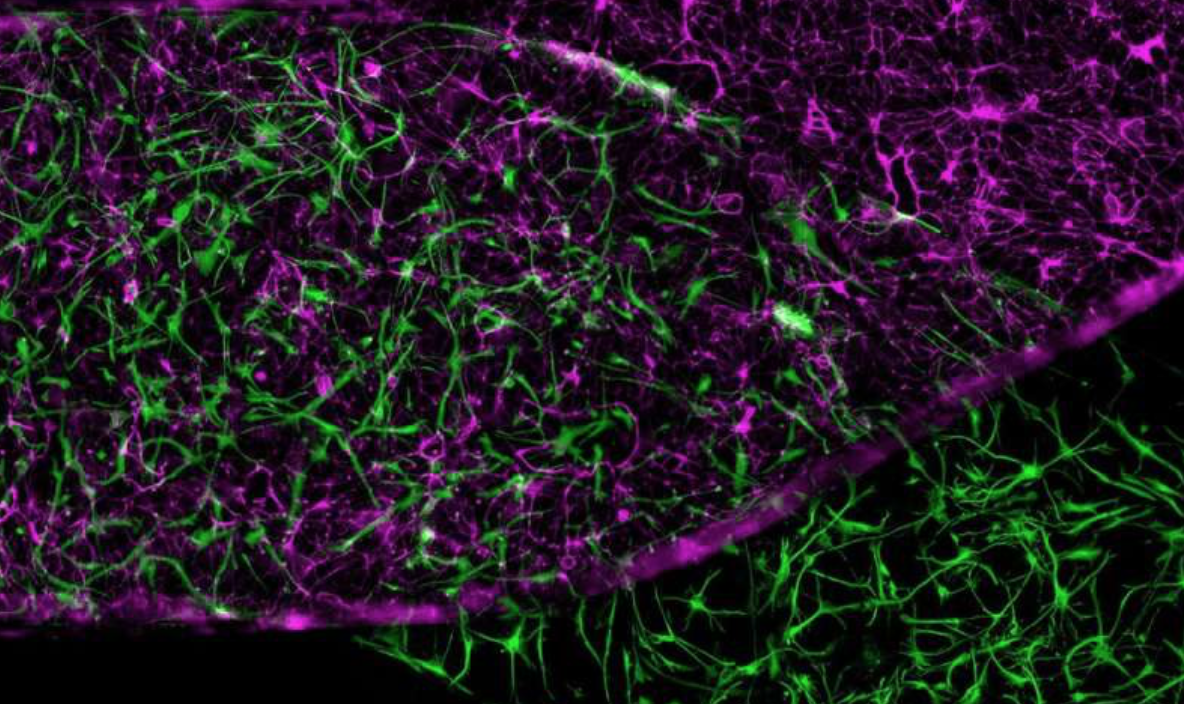Clive Svendsen, Gad Vatine, and Cedars Sinai and Ben Gurion University of the Negev colleagues have recreated the blood-brain barrier outside of the body using induced pluripotent stem cells for the first time. In a study, the recreated bbb functioned as it would in the individual who provided the cells to make it. This could facilitate a new understanding of brain disease and/or predict which drugs will work best for an individual.
The stem cells were used to create the neurons, blood-vessel linings and support cells, which comprise the blood-brain barrier. They were placed inside organ-chips, which recreated the body’s microenvironment with the natural physiology and mechanical forces that cells experience.
The living cells formed a functioning unit of a blood-brain barrier that act as it does in the body, including blocking entry of certain drugs. Significantly, when this blood-brain barrier was derived from cells of patients with Huntington’s disease or Allan-Herndon-Dudley syndrome, a rare congenital neurological disorder, the barrier malfunctioned in the same way that it does in patients with these diseases.
This is the first time that induced pluripotent stem cells were used generate a functioning blood-brain barrier, inside an Organ-Chip, that displayed a characteristic defect of the individual patient’s disease.
Join ApplySci at the 12th Wearable Tech + Digital Health + Neurotech Boston conference on November 14, 2019 at Harvard Medical School and the 13th Wearable Tech + Neurotech + Digital Health Silicon Valley conference on February 11-12, 2020 at Stanford University
